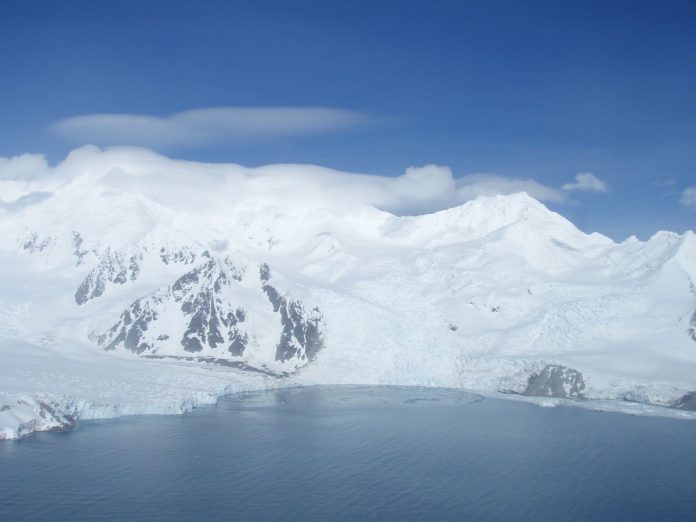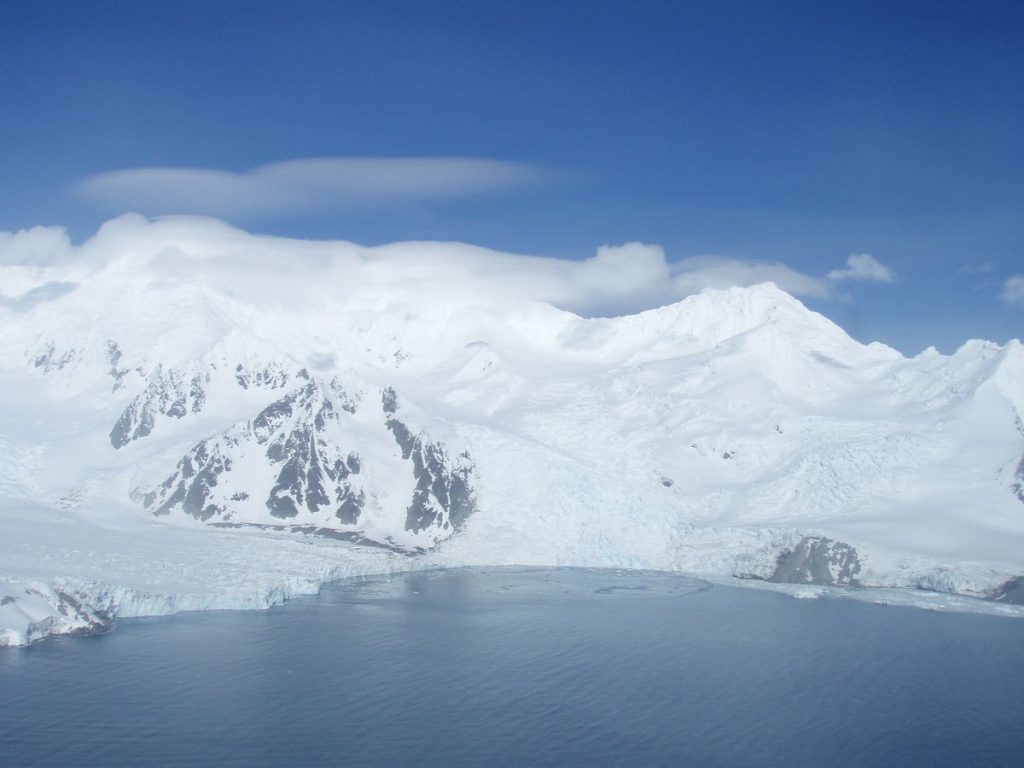
What if an area that for so long had been losing ice with unrelenting ferocity were to suddenly turn around? In a trend that has astonished even veteran polar scientists, Antarctica’s ice sheet has gone through a record and striking period of mass gain from 2021 to 2023. This process, tracked by NASA’s satellite gravimetry, is sharply opposed to the two-decade-long pattern on the continent of accelerating ice loss and sea-level rise.
This tale de-mystifies the physics of this Antarctic anomaly, laying bare the atmospheric and oceanic forces at play, the global sea level effects, and why onlookers remain holding their breath on what comes next. From the influence of a rare triple-dip La Niña to the engineering marvels that keep continents suspended in space, these are the strongest revelations for all who have an ear to the rhythm of the Earth’s cold frontier.

1. A Historic Turnaround: Antarctica’s Ice Sheet Gains Mass
After nearly two decades of uninterrupted loss, the ice sheet of Antarctica gained approximately 108 gigatons each year during 2021-2023. This dramatic turnaround, tracked by researchers at Tongji University using NASA’s GRACE and GRACE-FO satellites, was described as “like finding water running uphill” by study authors (2025). The gain was sufficient to balance global sea level increase by about 0.3 millimeters each year during this period a stark contrast to the relentless decline of the past decade.
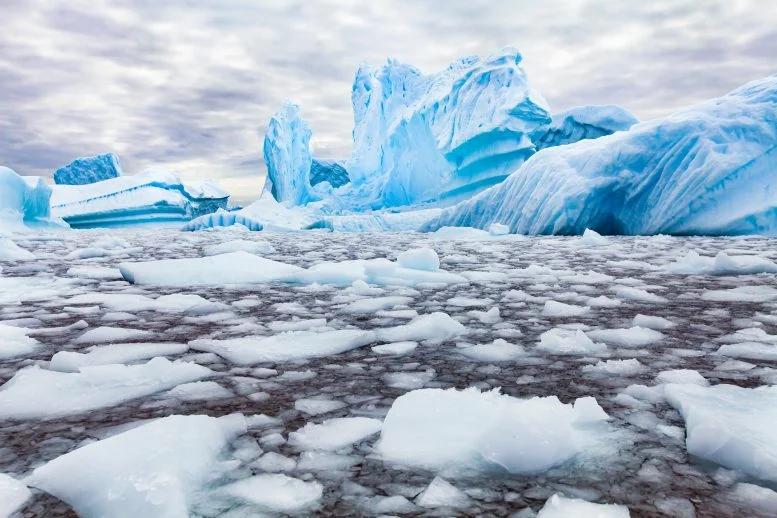
2. Four Critical Glaciers: From Instability to Temporary Rebound
The Wilkes Land–Queen Mary Land region of East Antarctica, home to the Totten, Denman, Moscow University, and Vincennes Bay glaciers, witnessed a stunning reversal in mass balance. The glaciers were shedding ice at an increasingly rapid rate beforehand, their potential collapse representing an increase in global sea level of over 7 meters (2025). But between 2021 and 2023, phenomenal precipitation compelled vigorous mass gain, temporarily stabilizing these vital ice basins at least temporarily.

3. The Unprecedented Influence of the Triple-Dip La Niña
A three-year La Niña occurrence, of unusual frequency, played a pivotal part in altering Antarctic surface climate. In a new study appearing in Nature, the occurrence intensified the Ferrel Cell and shifted it southward, altering atmospheric circulation and enhancing the poleward flow of moisture and heat. This resulted in enhanced precipitation along the Antarctic coast, which is directly linked to detected ice sheet mass gain. This teleconnection illustrates the ways in which tropical Pacific variability can cascade through the climate system to impact polar ice dynamics.
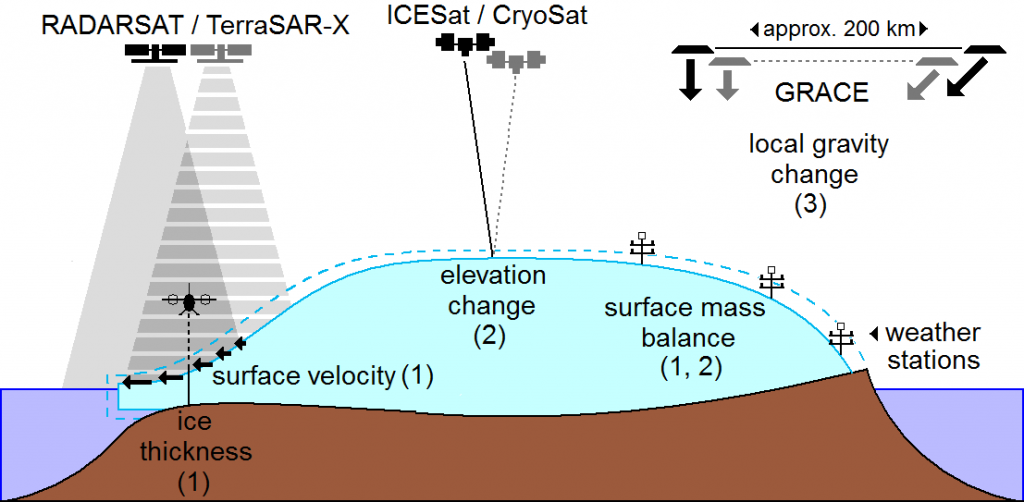
4. Surface Mass Balance: The Dominant Driver of Change
The newly acquired ice gain was not due to reduced glacier movement, but instead an all-time record growth of surface mass balance (SMB) the sum result of precipitation, sublimation, and runoff. Model data from RACMO2.4P1 and satellite observations of cumulative SMB anomalies are found to have risen since 2021, mostly over the eastern coast of Antarctica and sea ice margins (2025). This rise was due almost entirely to increased snowfall, with precipitation anomalies more than one standard deviation above the mean.
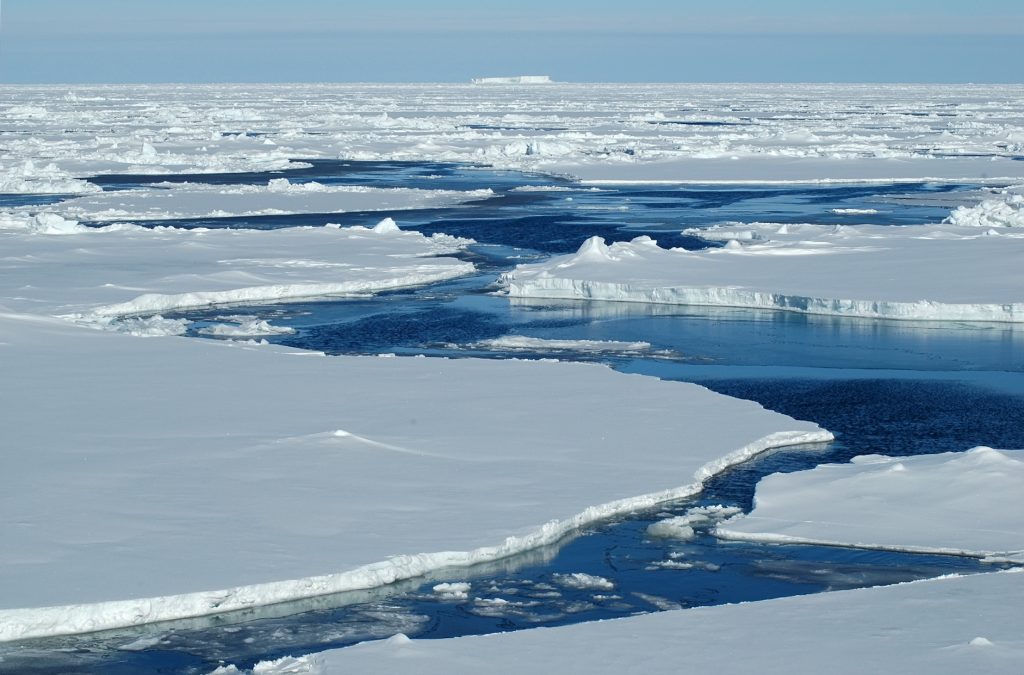
5. Sea Ice Paradox: Land Ice Gains, Sea Ice Shrinks
As the Antarctic ice sheet was expanding in mass, the surrounding sea ice told a different story. The 2024 Antarctic sea ice coverage was the second smallest ever, following a record minimum in 2023. This discrepancy reflects the complex interplay of atmospheric, oceanic, and cryospheric processes, demonstrating that land and sea ice may act differently to the same climatic forces (2025).
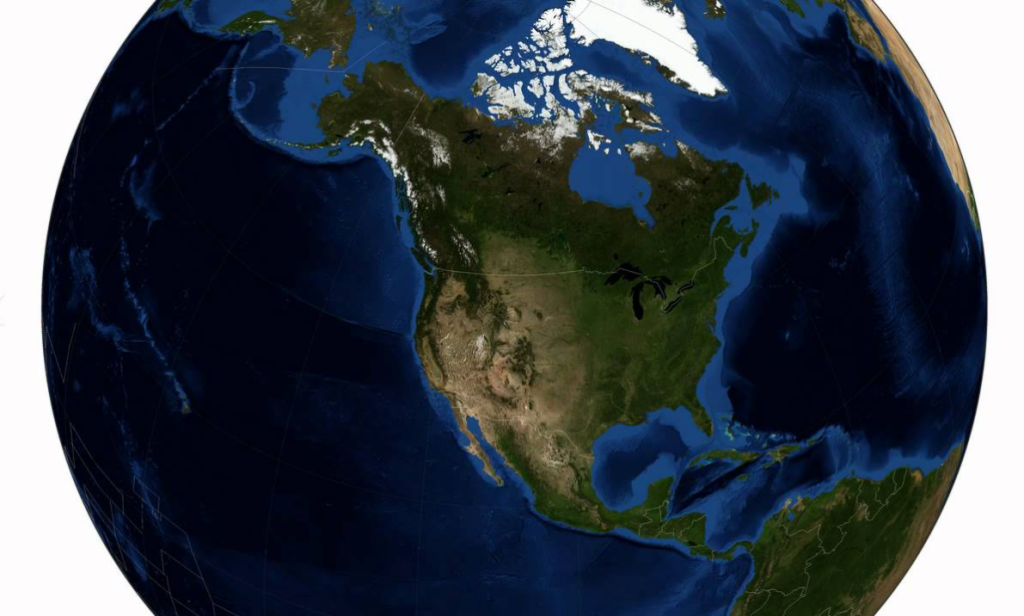
6. Satellite Gravimetry: Sizing Up a Continent from Space
The GRACE and GRACE-FO missions have revolutionised polar science because they allow researchers to monitor subtle changes in Earth’s gravity field caused by ice mass changes. As Dr. Wang and Prof. Shen state, “the satellites measure infinitesimal fluctuations in Earth’s gravitational field that occur when mass shifts here, when ice accumulates or melts” (2025). With this technology, researchers have acquired an unprecedented, continent-scale view of Antarctic ice dynamics.

7. The Temporary Nature of the Rebound
Despite the dramatic ice buildup, experts caution that the phenomenon is likely to be short-lived. As glaciologist Andrew Slater states, “while recent snowfall has temporarily reversed these losses, they haven’t ceased, so it’s not anticipated that this is a long-term modification in Antarctica’s behaviour” (2025). The very culprits of Antarctic ice melting, ocean temperatures, and changing atmospheric circulation continue, and early 2025 data show a return to previous trends of melting.
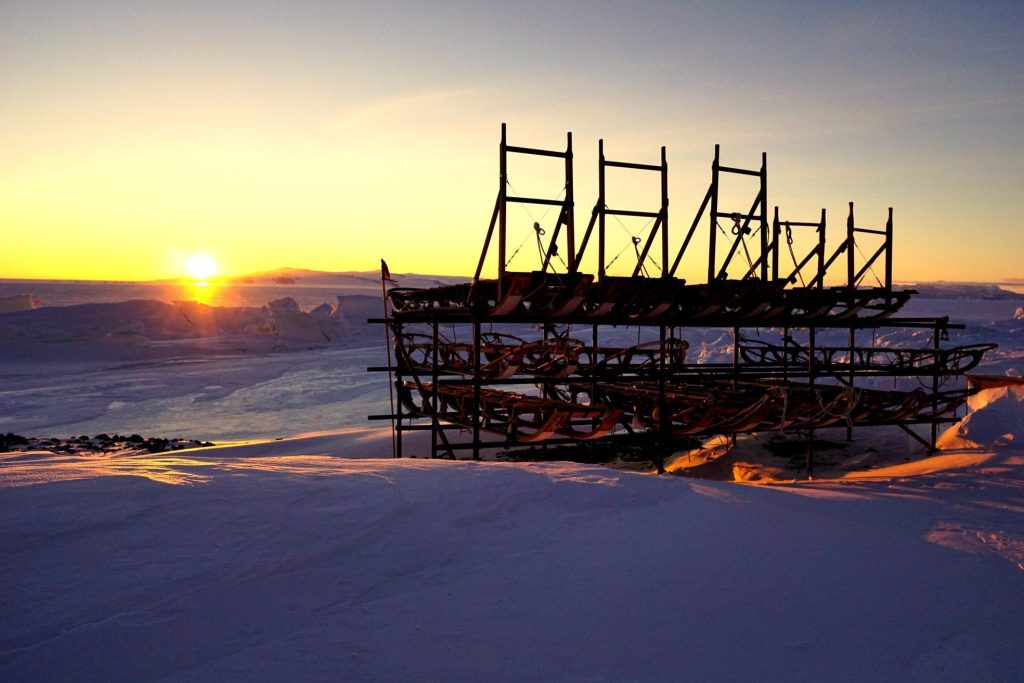
8. Modelling Challenges: Uncertainty in Future Projections
Climate models such as CESM2 are invaluable for Antarctic surface mass balance modeling and predicting future trends. However, models are weak in simulating precipitation and melt accurately. For instance, CESM2 overestimates the annual precipitation by as much as 15% compared to reanalysis products, leading to artificial trends in surface mass balance (2022). This highlights the need for improved model physics and higher resolution data.
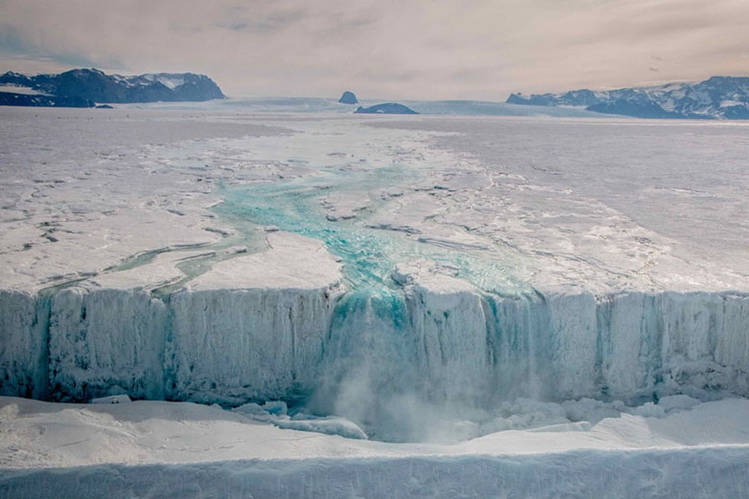
9. Climate Science Lessons: Variability and Vulnerability
The Antarctic ice gain phenomenon is a poignant reminder of the sensitiveness of the system to anthropogenic change as well as natural variability. While enhanced snow cover will obscure underlying trends temporarily, the long-term trajectory continues to be controlled by warming due to greenhouse gases. As the events of late years indicate, “natural climate variability has the capacity to temporarily mask or augment human-induced climate change, and hence it is all the more essential to investigate long-term trends rather than short-term fluctuations” (2025).
The subsequent ice gain in Antarctica is not an indication that the climate crisis has come and gone, but a dramatic demonstration of the dynamic response of the continent to atmospheric and oceanic forces. The episode is both a wake-up call to the risks of short-termism for glaciologists and climate researchers and a call to refine models, improve observations, and develop polar process understanding. The ice continent remains a sentinel of global transformation its surprises educational as its warnings.
